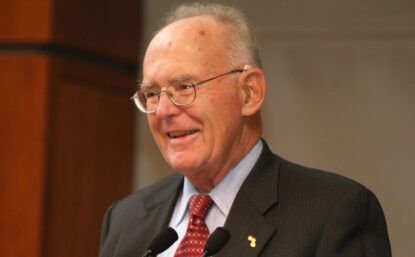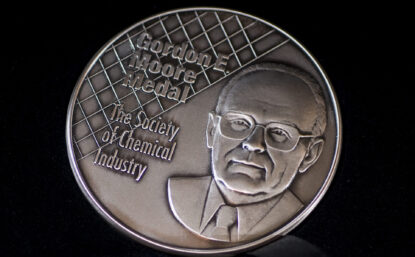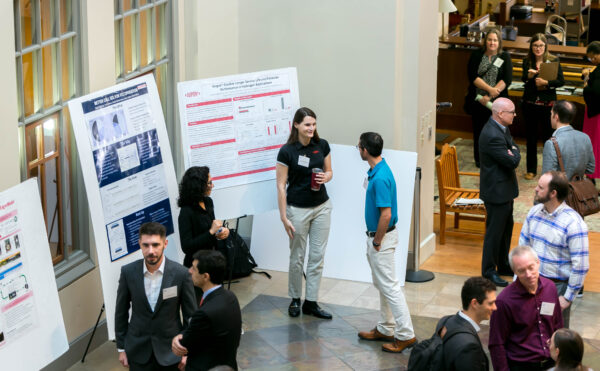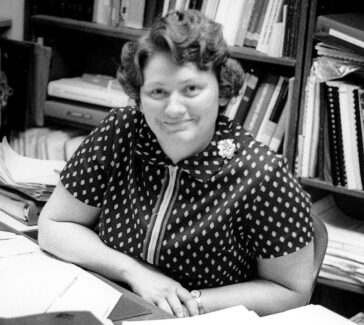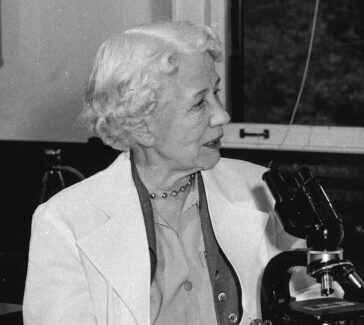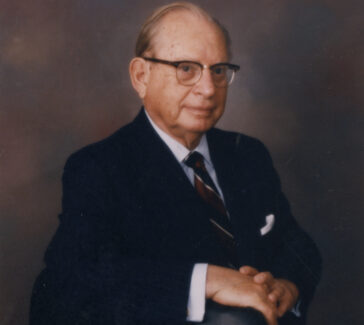Gordon E. Moore
Gordon Moore pioneered computing technology and authored a principle that propelled the digital revolution.
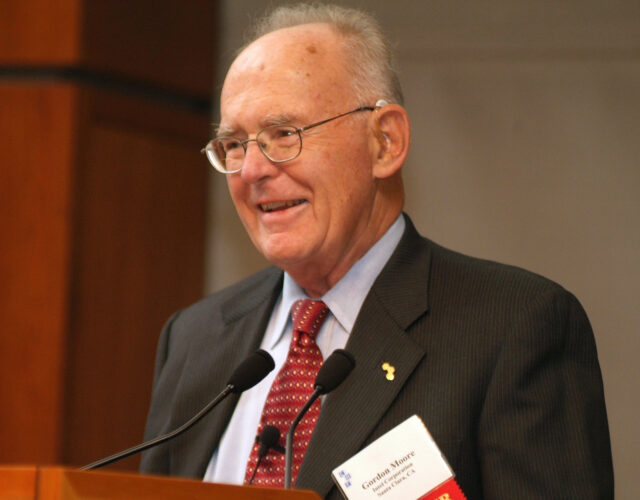
In 1965 Gordon Moore predicted that the number of transistors that would fit on a computer chip would double every year—the famed Moore’s law. Three years later he cofounded Intel Corporation, now the largest manufacturer of silicon microchips in the world.
It’s hard to imagine life today without silicon chips. They run every available digital device—computers, phones, tablets, and televisions—and live at the heart of an array of other devices—cars, thermostats, microwaves, and so on. They are essential to every segment of the international economy. As a cofounder of the Intel Corporation, chemist Gordon Moore was a vital force behind this revolutionary technology.
LEARN MORE
Biography is one way of learning about a person. Oral history is another. Spend a few minutes listening to Gordon Moore’s interview archived by the Science History Institute’s Center for Oral History. What do you hear? Has the recording picked up background noises, interesting accents, nervous laughter, or meaningful pauses? What might these tell you about the interview context, who is speaking, or how the speakers feel about the memories being discussed? What do think you can learn about Moore from his oral history that is different from the content of this biography?
Before Silicon Valley
Moore entered the silicon electronics industry in the 1950s when it was just getting started in California, after the move from Bell Laboratories in New Jersey of several prominent researchers, including William B. Shockley, coinventor of the transistor. In the course of time, Moore cofounded two major corporations, Fairchild Semiconductor and Intel.
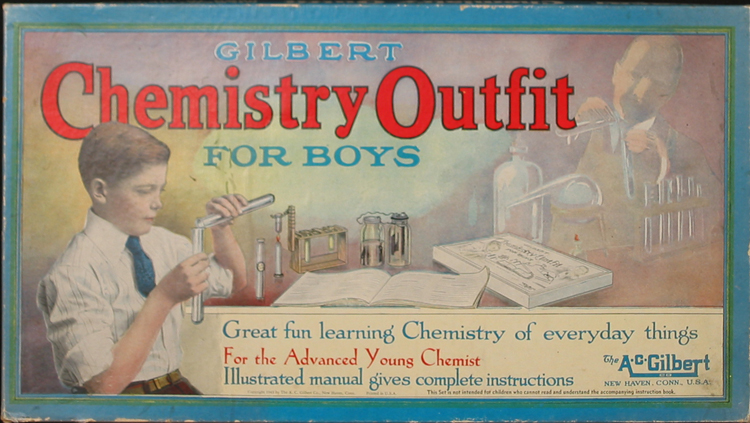
Moore (1929–2023) comes from one of the oldest Anglo-American families in California. His great-grandfather Moore settled in California in 1847. His father was the local sheriff in the small town of Pescadero in San Mateo County south of San Francisco, and he eventually rose to be the county’s chief deputy sheriff.
When the family moved to Redwood City, Moore was introduced to chemistry through a neighbor’s chemistry set and spent hours happily engaged in making explosives. He pursued his interest in chemistry, although not so much its explosive capabilities, in school and college. He spent his first two years of college at San Jose State University and completed his bachelor’s degree at the University of California, Berkeley. He then earned a doctorate in physical chemistry at the California Institute of Technology in 1954.
Shockley
Moore was disappointed with the nature of his work at his first job after his PhD, at the Applied Physics Laboratory of Johns Hopkins University in Maryland, and he wanted to move back West. He jumped at the opportunity presented to him in 1956 by Shockley, who had recently formed Shockley Semiconductor—the company that gave birth to California’s Silicon Valley—with financial backing from Arnold O. Beckman. At Shockley Semiconductor, Moore specialized in the complex solid-state processes for diffusing tiny impurities, or dopants, into silicon. To make transistors and other semiconducting devices, one needs to begin with nearly pure silicon, but to turn the silicon into an electronic switch or other device, there have to be areas of excess electrons, introduced by atoms of some impurity, and other areas with a shortage of electrons, introduced by another impurity. This process is called doping.
Scarcely more than a year after Moore joined Shockley Semiconductor, he and a group of other scientists and engineers from the company rebelled against Shockley’s heavy-handed management style and his strategic decisions. When Beckman refused to replace Shockley, the group found another backer, Fairchild Camera and Instrument, and formed Fairchild Semiconductor.
Fairchild
Moore quickly established himself as one of Fairchild Semiconductor’s principal technologists and managers. At first he developed the firm’s diffusion processes and built its diffusion furnaces. Then he worked on manufacturing processes for creating the transistor’s contacts, settling on aluminum, still the metal of choice for contacts in silicon devices. Meanwhile, Moore rose from being engineering manager to director of research and development. Among the seminal contributions accomplished during his watch was the planar process (1960), which provided a smooth silicon dioxide surface on which would be printed the circuits of the first integrated circuit (1961).
An integrated circuit—commonly known as a microchip or simply a “chip”—is a thin slice of silicon or other semiconductor material that has been specially processed so that a tiny electric circuit is chemically etched on its surface. The circuit can contain many millions of microscopic transistors and other components, all electrically connected in a certain way to perform a function. Under Moore’s leadership Fairchild made contributions to the development of the metal oxide semiconductor (MOS) field-effect transistor, the kind of transistor most used today as components of chips.
Moore’s Law and Intel
In 1965 Moore predicted that the number of transistors that would fit on a given area of silicon would double every year—the now famous Moore’s law. In this way more computing power would be obtained for the same price year after year, making electronics both less expensive and better. In 1975 he modified his hypothesis to roughly every two years, still an astonishing prediction that has thus far proved accurate.
Soon, despite this rosy prediction, Fairchild Semiconductor was experiencing difficulties transferring MOS technology from its research and development laboratory to its manufacturing facility; and personnel losses and new top management at its parent company, Fairchild Camera and Instrument, made the situation even gloomier.
In 1968 Moore and Robert Noyce, who had been Moore’s colleague since Shockley Semiconductor and was the inventor of the integrated circuit, founded the Intel Corporation. Moore began as Intel’s executive vice president and rose to become its CEO and chairman of the board. Initially, Intel focused on creating semiconductor-based memory for computers. When this competency was taken over by Japanese competitors, Intel switched its emphasis to microprocessors, which are the chips that are the brains of today’s computers carrying out complex functions.
Elder Statesman and Philanthropist
Through the efforts of Moore and others, Intel is today the world’s largest chip maker. In 1987 Moore stepped down from being its CEO, and in 1997 he became chairman of the board emeritus, a position from which he retired in 2001. Over the years he became an elder statesman for the semiconductor industry, founding organizations and making representations to government. In the late 1990s and 2000s, Moore, with his wife, Betty, increasingly turned his attention to philanthropic pursuits, especially supporting scientific education and research and conservation of the environment through the Gordon and Betty Moore Foundation.
Recognition
Among his many honors are the National Medal of Technology and the Presidential Medal of Freedom, the United States’ highest civilian honor. In 2004 the Society of Chemical Industry (SCI) awarded him the Perkin Medal, and it also named an annual award for him, the SCI Gordon E. Moore Medal, which recognizes early-career success in innovation. The Chemical Heritage Foundation, now the Science History Institute, honored Moore in 2001 with the Othmer Gold Medal, citing his contribution to the creation of the integrated circuit and the microprocessor, and his development of Moore’s law.
The information contained in this biography was last updated on March 27, 2023. It was originally adapted from Christophe Lécuyer and David C. Brock, “Gordon Earle Moore,” IEEE Annals of Computing, July–September 2006.

